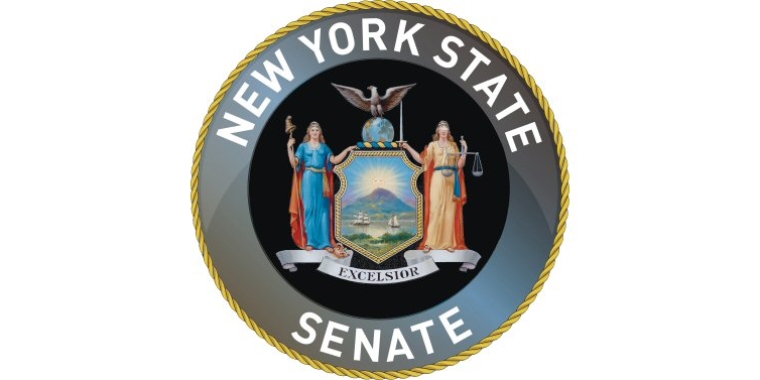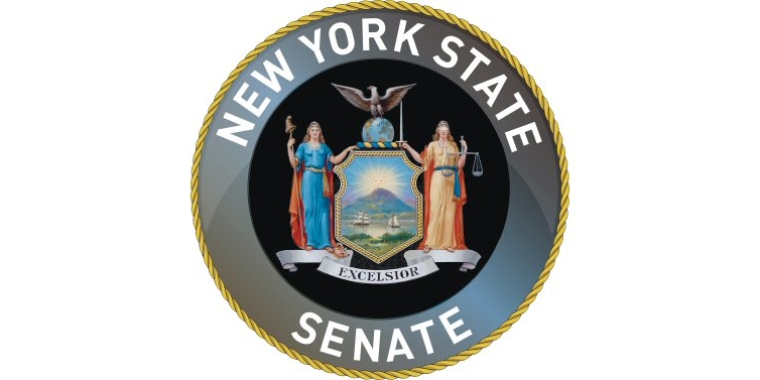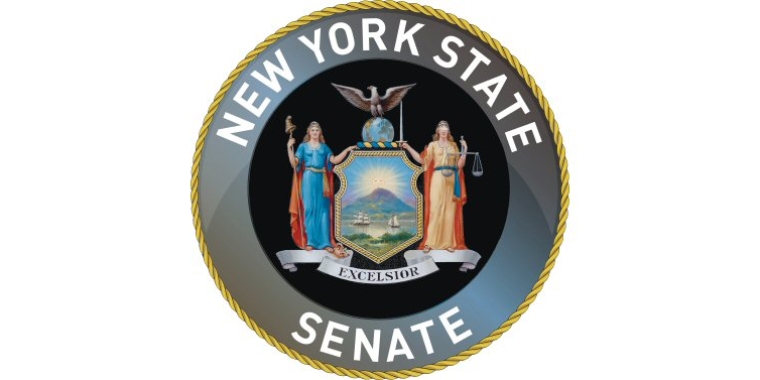Senate Passes Legislation Supporting Soil and Water Conservation Districts
Catharine Young
July 29, 2014
-
COMMITTEE:
- Legislative Commission on Rural Resources
Bills include support for educational initiatives, watershed projects, and programs to combat invasive species
ALBANY – Soil and Water Conservation Districts (SWCDs) throughout New York are on the front lines of protecting the State’s natural resources, helping landowners, preventing floods, fighting the spread of invasive species, and educating the public.
Three bills sponsored and passed by Senator Catharine Young (R, I, C—Olean), Chair of the Legislative Commission on Rural Resources, provide SWCDs with additional tools they need to accomplish their ambitious mission. The first two of these bills also were passed by the Assembly and are awaiting the Governor’s signature into law.
“Soil and Water Conservation Districts provide a wide range of valuable services to communities, landowners, farmers and local municipalities. We need to ensure that current laws are brought up to date to support this important work, to create opportunities for future projects, and to increase the efficiency of existing programs,” said Senator Young.
Conservation education is already a priority for SWCDs because of its importance in protecting New York State’s natural resources. The first bill, (S.4356), memorializes SWCDs educational role in maintaining healthy lands and waterways. Doing so ensures accessibility to clean drinking water, fresh and healthy locally-grown produce, and lands and waterways used for recreation and tourism. Educational examples include classroom education for elementary and high school students, conservation field days, public outreach efforts, courses for landowners, and stormwater management programs for contractors and municipalities. By making educational programming an official function of SWCDs, this bill takes a proactive approach toward strengthening natural resource conservation.
Protecting New York’s land and waterways from invasive species is a growing priority, and the second bill, (S.4396), includes this critical role within the mission of SWCDs. Whether it is the Emerald Ash Borer infesting ash trees, water chestnut plants clogging a lake, or any of hundreds of other invasives, their impact can be devastating. They displace or destroy native species, contaminate land and waterways, and cause economic difficulties for farmers, landowners and communities. SWCDs have the technical, educational, and administrative capability to implement programs that help in the prevention, identification, remediation, control and eradication of invasive species. Therefore, providing SWCDs with the statutory authority to do so only makes sense.
These bills are supported by the New York Association of Conservation Districts (NYACD) and the New York Farm Bureau.
“We are very pleased with the passage of these bills, and appreciate Senator Young’s ongoing support of the State’s 58 Soil and Water Conservation Districts. The legislation that was passed will serve to strengthen and justify programs that Districts are already involved in, and pave the way for future opportunities. In doing so, Districts will have the ability to build on education programs, and invasive species control programs that assist the public, students, landowners, and municipalities in protecting our pristine natural resources in New York State. This, in turn, benefits our agricultural, forestry, landscaping and tourism sectors,” said Ms. Judy Littrell, Executive Director of The New York Association of Conservation Districts.
The third bill, (S.4334), designates SWCDs as eligible applicants for the local waterfront revitalization grant program, thereby streamlining the process for many watershed projects. Currently, only local governments can apply to the grant program. With many watershed projects occurring across multiple municipalities, coordination of these projects can be challenging. Allowing SWCDs to apply in cooperation with local governments creates opportunities to improve efficiency, reduce project costs, and complete projects faster. This legislation will allow the Department of State to work directly with a single SWCD, rather than multiple municipalities. Many municipalities already rely on SWCDs because they have extensive experience with watershed projects, and they possess grant writing skills, administrative staffing, and an ability to coordinate projects that cross town lines.
Both NYACD and the New York Farm Bureau also support the third bill, (S.4334), which was passed by the Senate but was not passed by the Assembly.
“Water protection programs in New York State are increasingly becoming more watershed focused, which involves several municipalities joining together to apply for local waterfront revitalization program grants. Since Districts have the authority to work across municipal lines, this legislation benefits municipalities and the watersheds themselves, as it is designed to make the grant process much more efficient, therefore, getting conservation practices on the ground in a timely manner,” said Ms. Littrell.
“We have made excellent progress during this year’s legislative session in providing Soil and Water Conservation Districts with the authority and tools that will help them continue to meet their mission. I will continue to work closely with SWCDs to help them in their efforts to educate the public, fight invasive species, and protect our state’s essential land and water resources,” said Senator Young.
-30-
Share this Article or Press Release
Newsroom
Go to NewsroomStatement from NYS Senator Catharine M. Young (R,C,I-57th District)
February 28, 2019
Town of Mansfield Slated to Receive $300,000 State Grant
February 27, 2019


